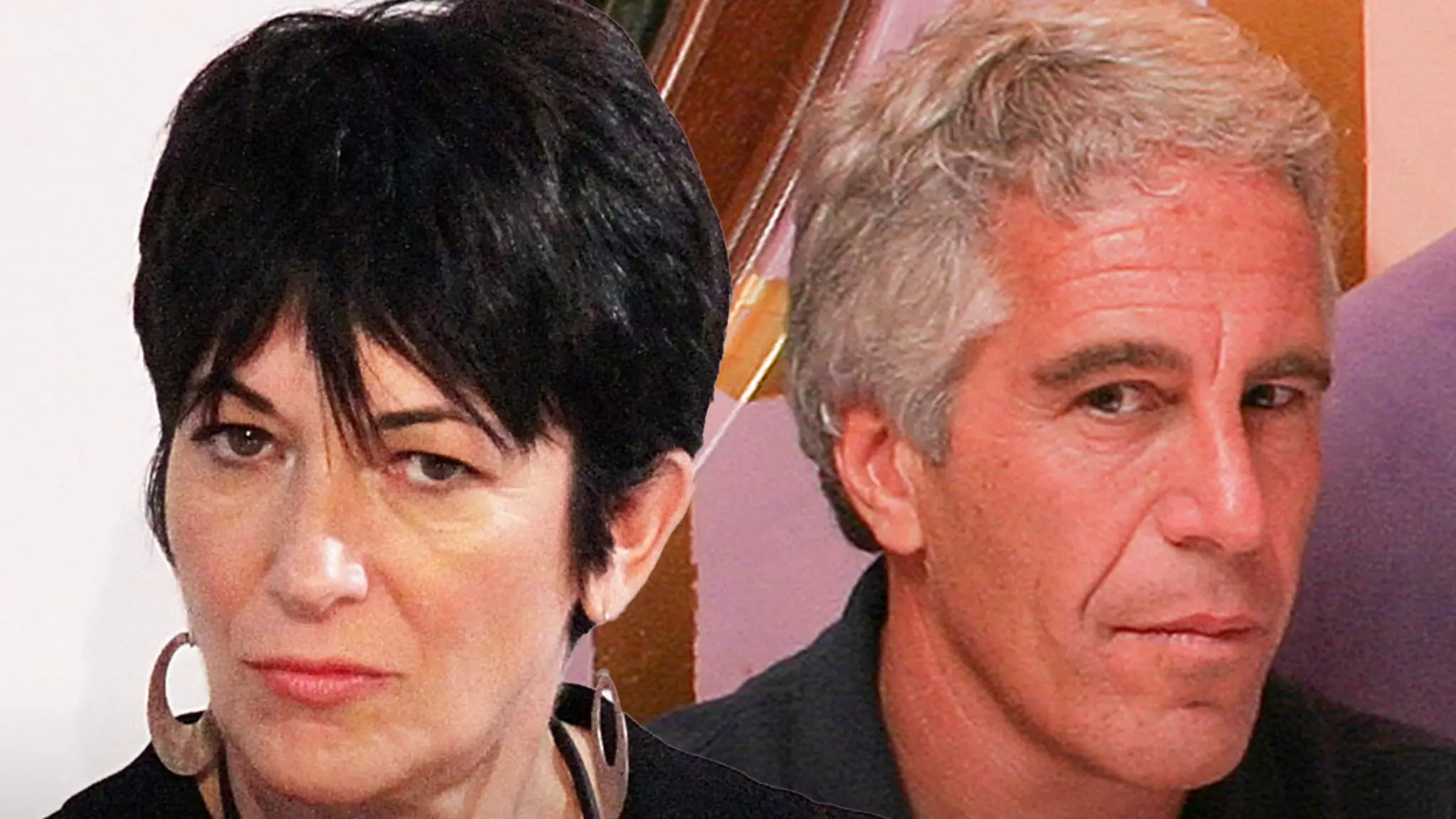In the complex world of high-stakes legal battles and hidden truths, the emergence of purported new evidence often fuels public curiosity and skepticism. Ghislaine Maxwell’s claims of presenting previously undisclosed material during her upcoming government meeting exemplify this phenomenon. While her brother insists this evidence could have changed the outcome of her 2021 trial, one must carefully assess the credibility and implications of such statements. Is this a genuine chance to reshape the narrative, or a strategic move to sway public perception? The truth lies in scrutinizing the quality and relevance of the evidence rather than accepting its existence at face value. Historically, new evidence—though potentially impactful—does not guarantee a different verdict unless it is concrete, corroborated, and legally admissible. This skepticism underscores the importance of critical thinking when interpreting claims surrounding legal proceedings intertwined with public figures.
The Imprint of Silence and Its Echoes
Maxwell’s silence during her trial and subsequent political investigations continues to be a focal point. Her refusal—or inability—to testify about her knowledge of Jeffrey Epstein’s network has left a void filled by speculation and sensationalism. The recent subpoena by Congress to probe Epstein’s infamous “list” of associates exemplifies the ongoing quest to uncover truths that may remain shrouded in secrecy. Its potential to implicate powerful individuals underscores the peril and allure of such investigations. Yet, the public’s obsession with figures like Donald Trump and the resurfaced Epstein deposition paints a picture of sprawling shadows, where facts are often entwined with conjecture. The narrative’s allure is undeniable but demands a cautious approach rooted in critical analysis. Public interest should be tempered with an understanding of the complexities and limitations of available evidence, which often fall short in making definitive claims.
The Power of Media in Shaping Perceptions
The media plays a pivotal role in constructing the storylines that grip the public’s imagination. Sensational headlines, viral videos, and scattered leaks contribute to a climate of intrigue—sometimes at the expense of nuanced understanding. The resurfacing of Epstein’s deposition—where he pleads the Fifth—serves as a potent symbol of the mysteries still surrounding his associations with high-profile figures. However, it is essential not to succumb to narrative oversimplification. Examining motives behind alleged leaks, the framing of questions, and the dissemination of information reveals the media’s power to influence perceptions rather than solely inform. A critical approach recognizes that sensationalism can distort facts, often encouraging assumptions over verified truths. This underscores the vital importance of analytical literacy in an age obsessed with scandal and spectacle.
In navigating the labyrinth of allegations, evidence, and political intrigue, a critical eye remains our best tool. Whether or not Maxwell’s new evidence genuinely alters the course of justice, the broader lesson is clear: we must question the narratives presented, scrutinize claims with rigor, and resist the allure of sensationalism. High-profile cases like these serve as reminders that truth is often layered, complex, and elusive—demanding from us a commitment to skepticism that can discern fact from fiction. Only through relentless critical inquiry can we hope to approach a clearer understanding of the shadowed worlds these investigations expose.

